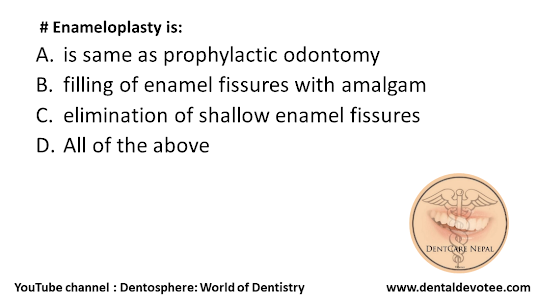# All of the following lesions may be classified as Odontogenic Tumors EXCEPT
A. Acanthomatous ameloblastoma
B. Branchial cleft cyst
C. Myxoma
D. Simple ameloblastoma
A. Acanthomatous ameloblastoma
B. Branchial cleft cyst
C. Myxoma
D. Simple ameloblastoma
# Fish net pattern is pemphigus vulgaris is seen in which of the following tests?
A. Direct immunofluorescence
B. Tzanck smear
C. FNAC
D. Histopathology
B. Tzanck smear
C. FNAC
D. Histopathology
# All of the following are inherited disorders of connective tissue EXCEPT:
A. Alport syndrome
B. Ehlers-Danlos syndrome
C. Marfan syndrome
D. McArdle’s disease









